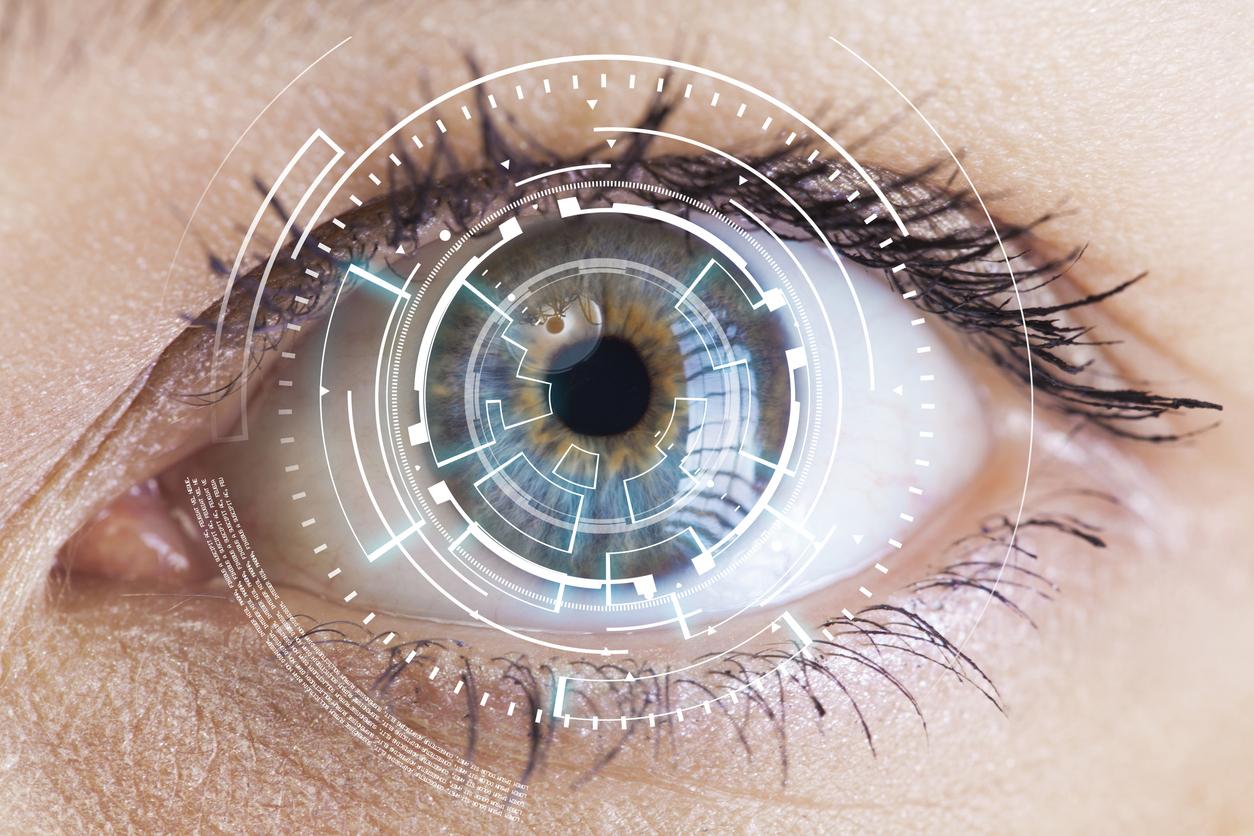Adults with higher systolic blood pressure over several years are more likely to have stroke, ischemic stroke, and intracerebral hemorrhage.

- Systolic blood pressure is the top number in the blood pressure measurement and how hard the heart pumps blood through the arteries.
- A cumulative systolic pressure 10 mm Hg higher is associated with a higher risk of overall stroke, ischemic stroke, and intracerebral hemorrhage, but not subarachnoid hemorrhage.
- Although risk of stroke type varies by ethnicity, little data suggest that ethnicity modifies the association between cumulative systolic pressure and stroke type.
“Stroke risk varies by systolic blood pressure, which is the highest number on a blood pressure reading and how hard the heart pumps blood through the arteries, and by ethnicity. The association between cumulative mean systolic blood pressure and type of stroke is unclear, and it is not known whether this association differs by ethnicity,” said researchers from the University of Michigan (USA). That’s why they decided to conduct a study to analyze the cumulative effects of years of high systolic blood pressure.
Three types of stroke studied in over 40,000 people
For the purposes of their work, published in the journal JAMA Network Openthe team recruited 40,016 adults aged 18 or older with no history of stroke, 54% of whom were women, 25% of whom were black, 8.9% of whom were Hispanic, and 66.2% of whom were Caucasian. They had systolic blood pressure measurements available before the participants’ first stroke. The scientists focused on three types of stroke: ischemic stroke, a clot that cuts off blood flow to the brain and causes more than 85% of strokes; intracerebral hemorrhage, which is bleeding inside the brain; and subarachnoid hemorrhage, which is bleeding between the brain and the tissues that cover it.
Stroke: 20% higher risk with systolic blood pressure 10 mmHg higher
According to the results, having a mean systolic blood pressure 10 mmHg higher than average was associated with a 20% higher risk of stroke and ischemic stroke, as well as a 31% higher risk of intracerebral hemorrhage. Compared with Caucasian volunteers, black participants had a 20% higher risk of ischemic stroke and a 67% higher risk of intracerebral hemorrhage. Hispanic patients had a 281% higher risk of subarachnoid hemorrhage, but not any other type of stroke, than white people.

Monitoring your blood pressure to improve your diagnosis and control
“There is no consistent evidence that ethnicity modifies the association of cumulative mean systolic blood pressure with first stroke and stroke type. (…) Examining racial inequalities allows us to better understand the social, economic, and political structures that influence health behaviors and stroke risk among racial and ethnic minorities,” the authors reported.
In the conclusions, they emphasize that early diagnosis and sustained lifelong blood pressure control are essential to prevent stroke, ischemic stroke, and intracerebral hemorrhage, especially in black and Hispanic patients who are more likely to have uncontrolled hypertension than Caucasian patients.
















